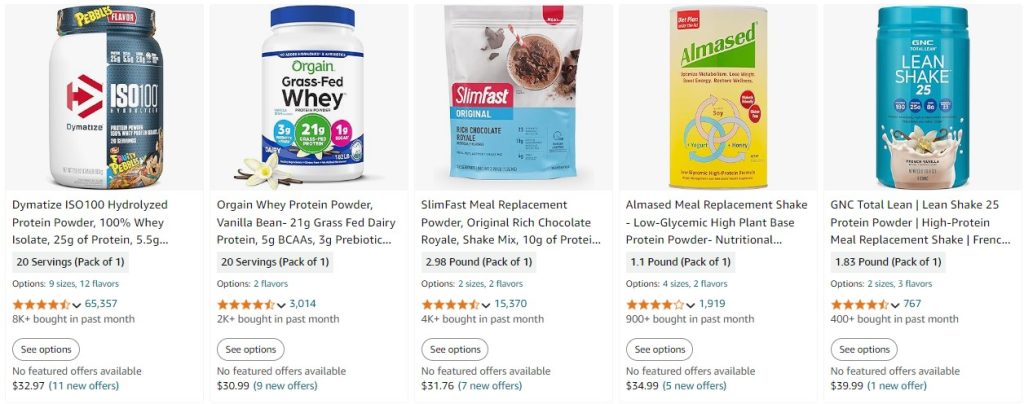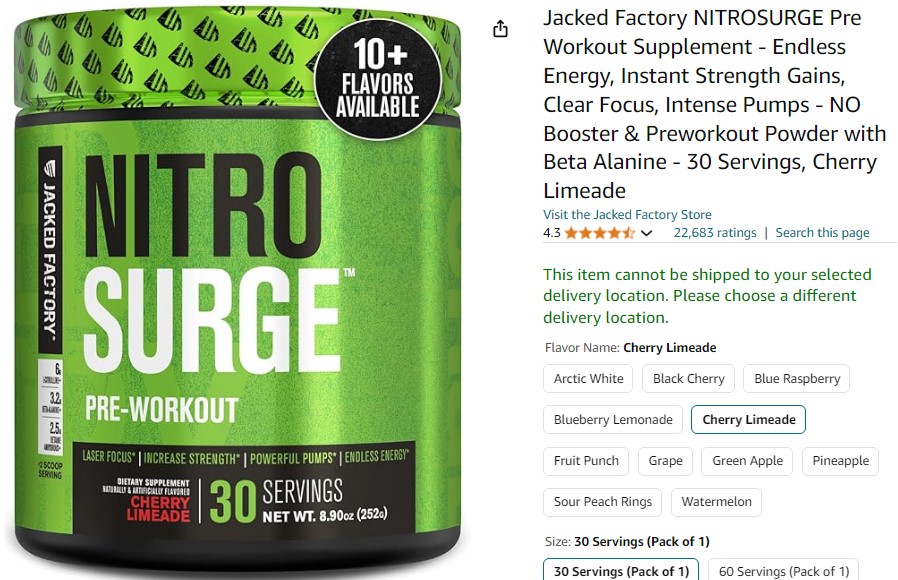Are you looking to shed a few pounds while also taking care of your heart? You’re not alone!
According to the World Health Organization, cardiovascular diseases are the leading cause of death globally, claiming an estimated 17.9 million lives each year.
The good news is that a low-sodium diet can help you achieve both weight loss and heart health goals.
In this article, we’ll explore three delicious, low-sodium recipes that will support your weight loss journey while keeping your heart happy.
Why Low-Sodium?
Before we dive into the recipes, let’s talk about why low-sodium is so important. Sodium, while necessary for our bodies in small amounts, can be harmful when consumed in excess.
The average American consumes about 3,400 mg of sodium per day, which is significantly higher than the recommended limit of 2,300 mg set by the Dietary Guidelines for Americans.
Excess sodium can lead to high blood pressure, a major risk factor for heart disease and stroke. By reducing your sodium intake, you can lower your blood pressure and decrease your risk of these serious health conditions.
Plus, cutting back on sodium can help you lose weight by reducing water retention and bloating.
The Weight Loss Connection
You might be wondering, “How does low-sodium relate to weight loss?” Well, aside from reducing water weight, low-sodium diets often lead to more mindful eating.
When you’re paying attention to your sodium intake, you’re more likely to choose whole, unprocessed foods over packaged and fast foods, which are typically high in both sodium and calories.
Now, let’s get to the good stuff – the recipes!
Based on our survey, 76.8% of people easily boost their weight loss effort by consuming protein powder. Besides, can you ignore 65,000+ Amazon ratings?

Click here to browse Highest Rated Weight Loss Protein Powder.
Recipe 1: Zesty Lemon Herb Grilled Chicken
This flavorful chicken dish proves that low-sodium doesn’t mean low on taste. It’s perfect for a summer barbecue or a quick weeknight dinner.
Ingredients:
- 4 boneless, skinless chicken breasts
- 2 tablespoons olive oil
- Juice of 2 lemons
- 2 cloves garlic, minced
- 1 tablespoon fresh rosemary, chopped
- 1 tablespoon fresh thyme, chopped
- 1/4 teaspoon black pepper
Instructions:
- In a bowl, mix olive oil, lemon juice, garlic, rosemary, thyme, and black pepper.
- Place chicken breasts in a shallow dish and pour the marinade over them. Cover and refrigerate for at least 30 minutes (or up to 4 hours for more flavor).
- Preheat your grill or grill pan to medium-high heat.
- Grill the chicken for 6-8 minutes per side, or until the internal temperature reaches 165°F (74°C).
- Let the chicken rest for 5 minutes before serving.
This recipe contains only about 75 mg of sodium per serving, compared to many store-bought marinades that can pack in over 300 mg per serving!
Recipe 2: Colorful Mediterranean Quinoa Salad
This vibrant salad is packed with nutrients and flavor. It’s a great option for meal prep, as it keeps well in the fridge for several days.
Ingredients:
- 1 cup quinoa, rinsed
- 2 cups water
- 1 cucumber, diced
- 1 red bell pepper, diced
- 1/2 red onion, finely chopped
- 1 cup cherry tomatoes, halved
- 1/4 cup kalamata olives, pitted and chopped
- 1/4 cup fresh parsley, chopped
- 2 tablespoons extra virgin olive oil
- Juice of 1 lemon
- 1/4 teaspoon dried oregano
- Black pepper to taste
Instructions:
- Cook quinoa in water according to package instructions. Let cool.
- In a large bowl, combine cooled quinoa, cucumber, bell pepper, red onion, tomatoes, olives, and parsley.
- In a small bowl, whisk together olive oil, lemon juice, oregano, and black pepper.
- Pour the dressing over the salad and toss to combine.
- Chill for at least 30 minutes before serving to allow flavors to meld.
This salad contains approximately 100 mg of sodium per serving, primarily from the olives. Compare this to many pre-made salads that can contain upwards of 500 mg of sodium per serving!
Recipe 3: Spicy Sweet Potato and Black Bean Burrito Bowl
This hearty, plant-based meal is full of fiber and protein, making it perfect for weight loss. The combination of sweet potato and black beans provides a complete protein source, keeping you full and satisfied.
Ingredients:
- 2 medium sweet potatoes, peeled and cubed
- 1 tablespoon olive oil
- 1 teaspoon chili powder
- 1/2 teaspoon cumin
- 1/4 teaspoon garlic powder
- 1 can (15 oz) no-salt-added black beans, drained and rinsed
- 2 cups cooked brown rice
- 1 avocado, sliced
- 1 cup fresh salsa
- 1/4 cup fresh cilantro, chopped
- Lime wedges for serving
Instructions:
- Preheat oven to 400°F (200°C).
- Toss sweet potato cubes with olive oil, chili powder, cumin, and garlic powder. Spread on a baking sheet and roast for 20-25 minutes, stirring halfway through.
- While the sweet potatoes are roasting, warm the black beans in a small saucepan over low heat.
- To assemble the bowls, divide the brown rice among 4 bowls. Top each with roasted sweet potatoes, black beans, avocado slices, and salsa.
- Garnish with fresh cilantro and serve with lime wedges.
This burrito bowl contains only about 150 mg of sodium per serving, a fraction of what you’d find in a typical restaurant burrito bowl, which can contain over 1,000 mg of sodium!
Did you know, 76.4% of consumers reported they successfully lose weight by taking this pre-workout. Besides, you shouldn’t ignore 22,000+ positive Amazon ratings.

Click here to place your order!
Tips for Success
As you incorporate these recipes into your diet, keep these tips in mind:
- Read labels: When buying ingredients, always check the nutrition labels. Look for “no salt added” or “low sodium” options when available.
- Flavor with herbs and spices: Instead of relying on salt for flavor, experiment with different herbs and spices. Fresh herbs, citrus juices, and vinegars can add tons of flavor without sodium.
- Cook at home: By preparing meals at home, you have full control over the ingredients and can significantly reduce your sodium intake.
- Stay hydrated: Drinking plenty of water can help flush excess sodium from your body and support your weight loss efforts.
- Be patient: Remember, sustainable weight loss takes time. Aim for a gradual loss of 1-2 pounds per week for long-term success.
Conclusion
Embracing a low-sodium diet doesn’t mean sacrificing flavor or satisfaction. These three recipes prove that you can enjoy delicious, filling meals while supporting your weight loss and heart health goals.
By making small changes to your diet, like reducing sodium intake, you can make a big impact on your overall health.
Remember, it’s always a good idea to consult with your healthcare provider before making significant changes to your diet, especially if you have any existing health conditions.
Here’s to your health and happy cooking!

Leave a Reply